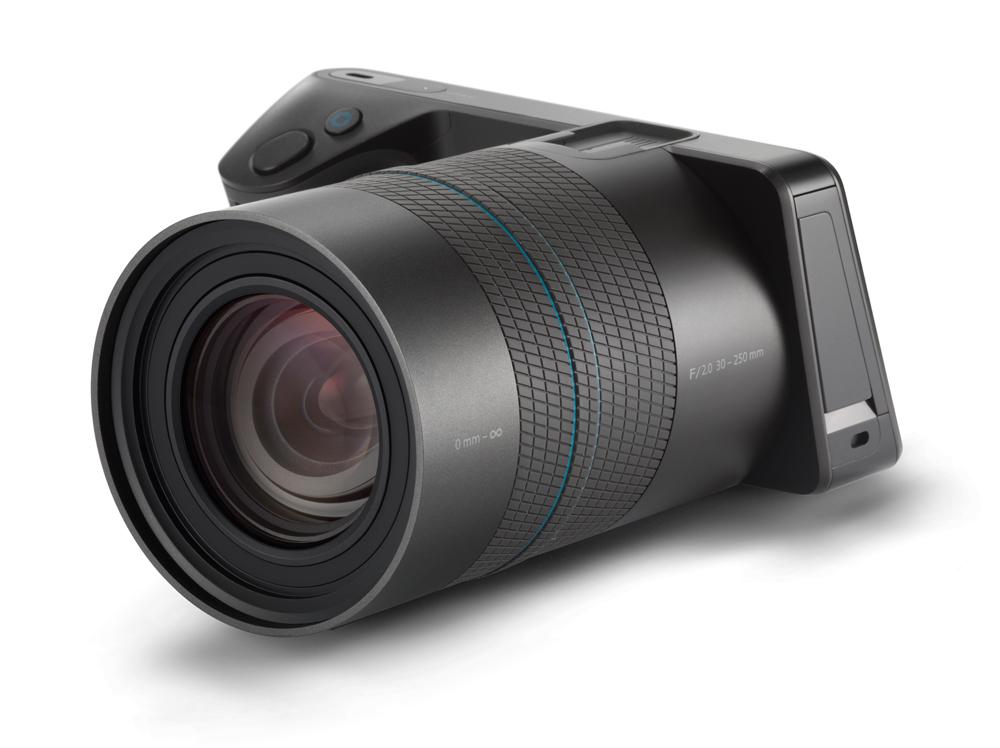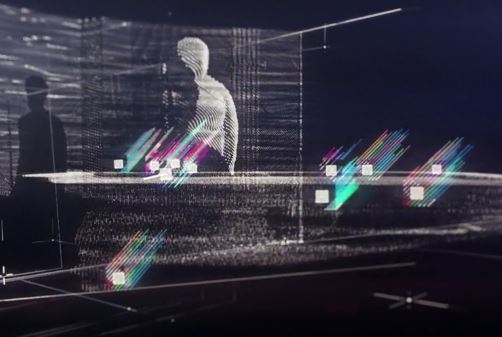Lytro started in the consumer space a few year’s back by enabling light field camera sensor technology in a portable package. Back then it allowed the user to select the focus point in the image to control depth of filed after the shot had been taken. This is emulated by Panasonic on the GX8 and GH4 with Post Focus but that is a feature that does some tricks with multiple images and lens focus points to select final depth of field.
Lytro does this by capturing all the rays of light entering the sensor at different angles and times to create a light field or three dimensional map of a real subject or scene. The consumer cameras sold in less than stellar numbers due in part to low resolution and while they tried with the Lytro Ilum to bring a more SLR like camera with 40 mega-rays or down-converted to 4 traditional megapixels. It also bombed as the post focus feature was not enough pull to get consumers to adopt the platform; along with claims of low dynamic range and artifacts in bright spots. The Ilum camera is still available for purchase at under $370 USD from the 1299 introductory price; quite a drop!

Lytro Cinema:
Fast forward to today and NAB 2016 and you get the first product that is geared to the professional cinema crowd with Lytro Cinema. This is not your affordable solution as a budget filmmaker or small studio. We imagine the product is aimed at the top visual effects houses at first as the server and camera itself are probably worth above 5 figures. Pricing is based on the needs of the production house. The cost savings to production houses should offset the equipment costs easily.
Lytro Cinema Introduction by Lytro:
https://vimeo.com/161949709
The Camera has a 755 Megapixel sensor (ISO 200 to 800 Native), 16 stop dynamic range, that is 0.5 meters “1.64 ft” wide which is immense and can capture up to a continuous stream of 400 Gigabytes / second over a tethered Fiber-optic cable to the Lytro Cinema Server. The sensor can capture 300fps at full resolution a second but the best quality data which lets the most robust lightfield feature set tops at 120fps.
You can control depth of field, camera position, angle and even motion blur “Shutter Angle” after taking the shot. Also you can capture green screen like plates of actors or props without the use of a blue or green chromakey setup as the scene data can extract the elements present in the image by depth; much like what 3D depth imaging formats do on animation and design software. The Lytro cinema can do final output in post to 4k and 2k with metadata saved if needed to change parameters. Loss-less compression is also used to reduce data sizes for use in Nuke and other production software via EXR files.
Lytro is working on improving and making the technology more portable as it evolves the hardware and with innovation in imaging design. There is no question that video capture will evolve into a lightfield technology for the future that will eliminate the need for precise focus, a precise frame rate and of a specific shutter angle for motion blur. Shoot once and deliver at any frame rate with the perfect look; be it for cinema, TV or VR delivery.
Lytro has shown what is currently possible when price is no object, it will be interesting to see how portable and how affordable the technology could become given enough time.
For more information about Lytro Cinema you can visit: https://www.lytro.com/cinema
Fxguide.com has in depth infromation and a great audio interview with Jon Karafin the Lytro Light field head here!
The site dpreview also has a post about the Lytro cinema here!

